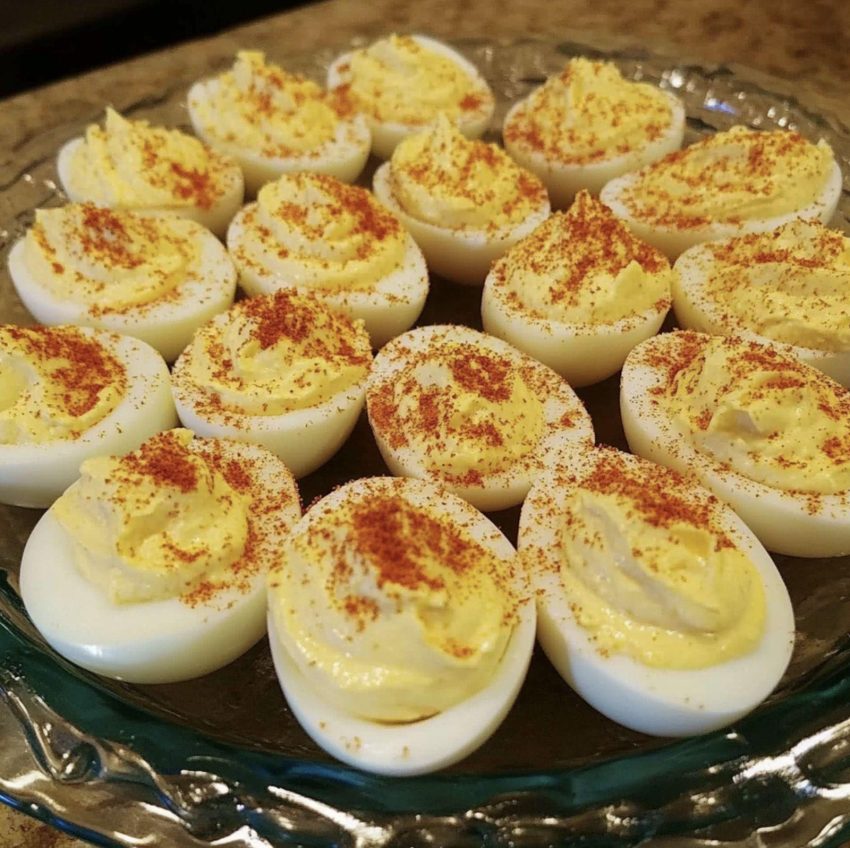ADVERTISEMENT
The History and Evolution of Deviled Eggs
Deviled eggs have been a staple of culinary traditions worldwide, with roots tracing back to ancient Roman times. The Romans were known to enjoy boiled eggs seasoned with spicy sauces as a starter to their meals. This practice evolved over the centuries, with the term “deviled” appearing in the culinary lexicon in the 18th century, referring to dishes prepared with spicy ingredients. By the 19th century, deviled eggs had become a popular dish in Europe and America, with recipes appearing in numerous cookbooks.
Traditionally, deviled eggs are made by hard-boiling eggs, removing the yolks, and combining them with ingredients such as mayonnaise, mustard, vinegar, and spices. The mixture is then spooned or piped back into the egg white halves, creating a visually appealing and delicious appetizer. The beauty of deviled eggs lies in their adaptability, as they can be customized with a variety of flavors and toppings to suit individual tastes.
Classic Ingredients and Preparation
The classic deviled egg recipe is simple yet satisfying. It begins with hard-boiled eggs, which are carefully peeled and sliced in half. The yolks are then removed and mashed with mayonnaise, mustard, and a dash of vinegar to create a creamy base. From there, a pinch of salt, pepper, and paprika is added for seasoning, resulting in a flavor profile that is both rich and tangy.
One of the keys to a successful deviled egg is achieving the perfect texture for the yolk mixture. It should be smooth and creamy, allowing for easy piping or spooning into the egg white halves. For those who enjoy a bit of heat, a touch of cayenne pepper or hot sauce can be added to the mix, offering a delightful kick to each bite.
Modern Twists on a Classic Favorite
While the classic deviled egg is beloved by many, modern culinary enthusiasts have embraced new flavors and techniques to elevate this traditional dish. Today, you can find deviled eggs infused with a variety of ingredients, such as avocado, bacon, or smoked salmon, adding depth and complexity to the flavor profile.
For a healthier twist, some opt to replace the mayonnaise with Greek yogurt or mashed avocado, offering a lighter, yet equally delicious, alternative. Additionally, toppings such as chives, capers, or pickled jalapeños can provide a burst of flavor and visual appeal to the final presentation.
Creative cooks have also explored international influences, incorporating ingredients like curry powder, sriracha, or wasabi for an exotic flair. These variations not only add a unique taste but also allow deviled eggs to complement a wider range of cuisines and settings.
ADVERTISEMENT


